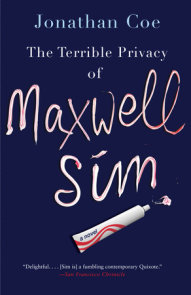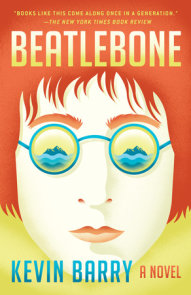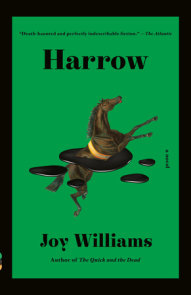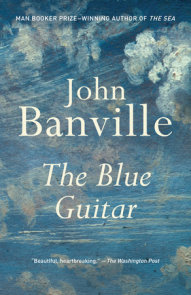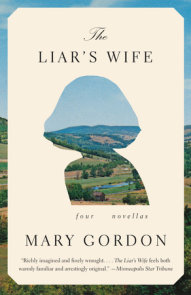READERS GUIDE
The questions, discussion topics, and suggested reading list that follow are intended to enhance your group’s conversation about The Red House.Introduction
After his mother’s death, Richard, a newly remarried hospital consultant, decides to build bridges with his estranged sister, Angela, inviting her and her family for a week in a rented house in the English countryside. Four adults and four children, a single family and all of them strangers. Seven days of shared meals, log fires, card games and wet walks. But in the quiet and stillness of the valley, ghosts begin to rise up. The parents Richard thought he had; the parents Angela thought she had. Past and present lovers. Friends, enemies, victims, saviors. And from high on the dark hill, Karen, Angela’s stillborn daughter, watches over all of them. The Red House is about the extraordinariness of the ordinary, weaving the words and thoughts of the eight characters together with those fainter, stranger voices—of books and letters and music, of the dead who once inhabited these rooms, of the ageing house itself and the landscape in which it sits. Once again Mark Haddon, bestselling author of The Curious Incident of the Dog in the Night-time and A Spot of Bother, has written a novel about human lives that is funny, poignant and deeply insightful.Questions and Topics for Discussion
1. What role does the Welsh landscape play in The Red House? How might this story be different if it portrayed an American family? Where would you set the story and what points of American culture would you add?
2. To what extent, if at all, did you see your family or your own family vacations reflected in The Red House?
3. What roles do death and absence play in the narrative? Discuss mortality as it relates to the characters of Angela, Richard, Karen, and Melissa.
4. Which character did you identify with most? Which characters would you want to spend a week with in a secluded vacation setting? Who seemed the most likable? The most perplexing?
5. Discuss the dining room table as a microcosm of the familial vacation experience. How do shifting places at the table reflect changing relationships and characters’ internal and external struggles? Talk about the role seating order plays in your own family or groups of friends.
6. Discuss inner monologue as a plot device. What are the recurring themes of the inner monologue of each character? Give examples of how the characters’ inner monologues come to light and come to the attention of other characters. How do the involved parties deal with the divulgence of these intimacies?
7. Romance, lust and longing weave themselves through the novel. Discuss the romantic and sexual urges of Louisa, Alex, Dominic, and Daisy. Are there any parallels between them? How do romantic overtures affect the other inhabitants of the red house?
8. What role does the house itself play in this novel? How might a different physical structure bring about alternate results for the characters? On another structural note, the novel is broken into sections, each titled with a day of the week.
9. Ian McEwan, Shakespeare, and the Legend of the Willow (Koong-se and Chang) all make appearances in the novel. What functions do these literary references serve in plot and character development?
10. On page 116, Daisy is reading Dracula, which Haddon quotes: “We need have no secrets amongst us. Working together and with absolute trust, we can surely be stronger than if some of us were in the dark.” What resonance does this quote have in this context? How does it relate to matters at hand between the members of Richard’s and Angela’s family? To your own family?
11. From the start of the book, photography comes into play as a method of immortalizing landscape and human experience. What visual snapshots stick with you from the novels?
12. Where do you think the members of Richard and Angela’s families will find themselves in two months? Five years? Two decades? How might incidents from the vacation play themselves out in the future?
13. Benjy’s inscription in the visitor’s book reads, “I liked walking up the hill and the rain storm and shepherds pie at the granary.” Do you think this is poignant? Explain why or why not. What is left out?








